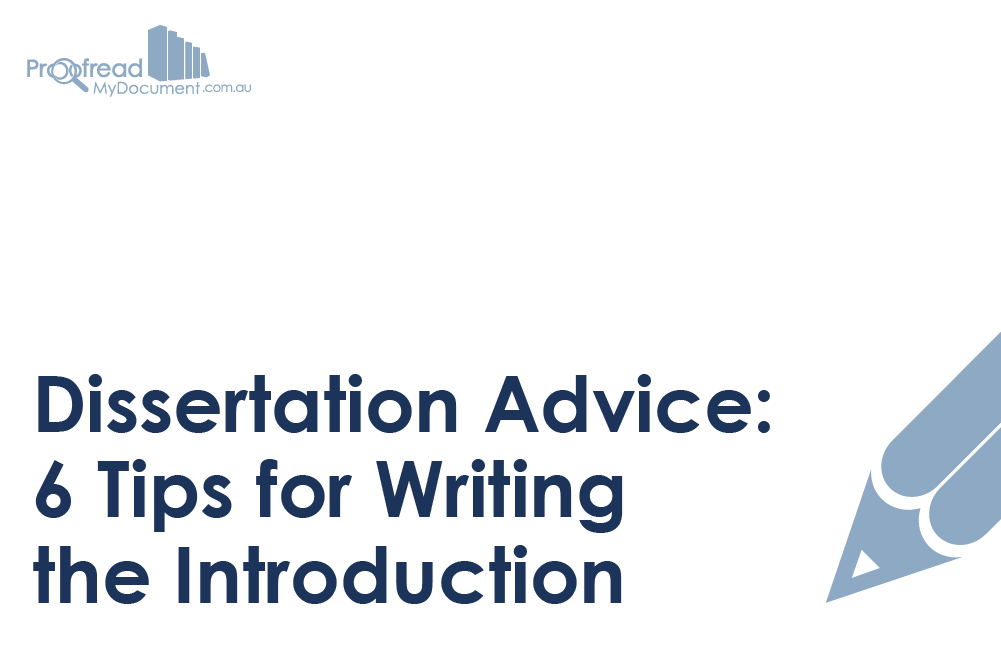As in life, so in dissertation writing: making a good first impression is crucial. And since your dissertation’s introduction section is the first thing the reader will see, it needs to be perfect.
1. Setting the Tone
A snappy opening line, while not essential, can help engage the reader from page one. By comparison, something dry might make them switch off before they get to the good stuff!
Aim for something memorable. One option here is briefly outlining why you were drawn to the research topic. But keep it brief: going on for too long about your personal reasons for studying something can distract from the subject matter.
2. Laying Foundations
The introduction should prepare the reader for the rest of your dissertation. As such, it’s vital to outline the subject area. This includes mentioning key studies (although in-depth explanation should be saved for the literature review) and defining important terms.
(Photo: PIRO4D/Pixabay)
3. The Research Question
Once you’ve set out the background for your work, you need to state your research question. This means identifying a specific issue that your work will address, explaining why it warrants investigation, and noting what doing so will contribute to the field.
4. Predicting the Future
You may also need to provide hypotheses for your research. This is especially common in experimental studies, where you’ll have to predict the outcomes of whatever you’re testing.
A hypothesis is usually accompanied by a null hypothesis that states the opposite of what you predict. For instance, if you were studying the effect of rainbows on happiness, you might include the following in your introduction:
Find this useful?
Subscribe to our newsletter and get writing tips from our editors straight to your inbox.
Hypothesis (H1) = Rainbows make people feel happier.
Null hypothesis (H0) = Rainbows have no effect on how happy people feel.
(Photo: brigachtal/Pixabay)
5. Structural Considerations
It helps to treat the introduction like a mini-essay with its own beginning (outlining your topic), middle (explaining key concepts and your research question) and end (stating what you expect to find). This should usually be around 10% of the overall dissertation length, so keep it succinct where possible.
In addition, you should use the introduction to set out the overall structure of your dissertation. This means giving a chapter breakdown detailing what each section in your work will address, showing how they come together to form a coherent whole.
6. A Final Redraft
Finally, although writing the introduction first helps you to get to grips with the overall structure of your dissertation, don’t forget to revisit it during the final stages of redrafting.
The introduction combines with the conclusion to ‘bookend’ your dissertation, so you may find it’s a good idea to rewrite the introduction once you have finished the rest of your work.
(Photo: Lenore Edman/flickr)
